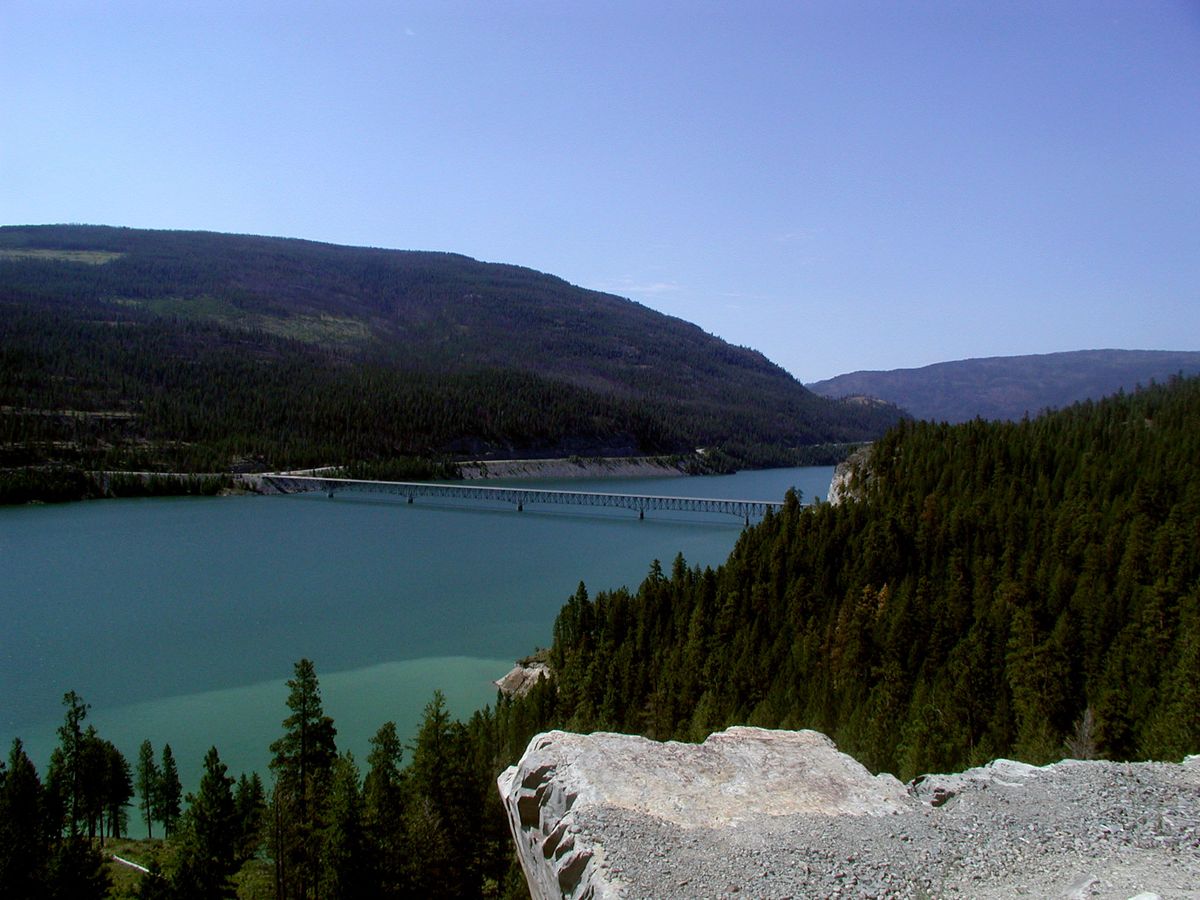
MISSOULA – New Montana water-quality standards could have a big impact on Canadian plans to mine coal in river drainages just north of the British Columbia border.
On Friday, the state Board of Environmental Review approved limits for how much selenium can flow into Lake Koocanusa, which extends across the U.S.-Canada border in Lincoln County. The substance is vital to many species in tiny amounts, but becomes toxic in slightly greater concentrations.
It is a byproduct of coal mining, and mining operations in the Elk and Fording river drainages of British Columbia have been sending significant amounts of the element downstream into the United States. Teck Resources Ltd. is proposing expanding one of its operations on the Fording River into what would be Canada’s largest mountaintop-removal coal mine.
Excessive amounts of selenium have been found to cause deformities in many fish species and other aquatic life. The Koocanusa reservoir behind Libby Dam has popular concentrations of rainbow trout, kokanee salmon and federally protected bull trout that are at risk from selenium loads.
Montana’s Department of Environmental Quality spent six years working with biologists and the Lake Koocanusa Monitoring and Research Working Group to develop the standards. The limits just completed a 45-day public comment period as well as public hearings and outreach meetings to interested parties. A transboundary treaty allows U.S. water quality standards to be enforced in Canada.
“The department is extremely pleased that after an extensive multiyear process that included public engagement and collaboration, the proposed selenium standards have been passed,” DEQ Director Shaun McGrath wrote in an email. “The new standards will protect Montana and downstream waters. We would not have achieved this outcome without the thoughtful public comments that were submitted on the proposed rules. The standards adopted today reflect amendments made as a result of those comments. DEQ would also like to acknowledge our state, tribal, federal and provincial partners who have helped to develop the science behind these standards.”
The limits apply to both the water column and selenium deposits in fish tissue.
The Lake Koocanusa limit is 0.8 micrograms per liter, while the Kootenai River can have 3.1 mcg per liter (based on a federal Environmental Protection Agency national recommended criteria). Fish tissue standards are measured in egg-ovaries and whole-body samples in the reservoir and river.
“The transboundary pollution resulting from coal mining operations in British Columbia is a direct threat to our water quality and highly valued fisheries,” said Frank Szollosi, executive director for the Montana Wildlife Federation.
“MWF commends Montana DEQ for ensuring a transparent and collaborative process to develop these standards.”
The river system flows west through Idaho and Washington as well as Montana. Idaho Conservation League North Idaho Director Brad Smith said downstream anglers would notice the difference.
“Already we have seen alarming signs in Idaho with concentrations of selenium in the bodies of mountain whitefish in the Kootenai River exceeding EPA health thresholds,” Smith said in an email. “We urge our friends and neighbors up north in Canada to enforce these limits as well.”
"fish" - Google News
December 21, 2020 at 09:03AM
https://ift.tt/2KlBiLC
Montana’s new selenium standards should affect fish all the way to Washington - The Spokesman-Review
"fish" - Google News
https://ift.tt/35JkYuc
https://ift.tt/3feFffJ
Bagikan Berita Ini














0 Response to "Montana’s new selenium standards should affect fish all the way to Washington - The Spokesman-Review"
Post a Comment